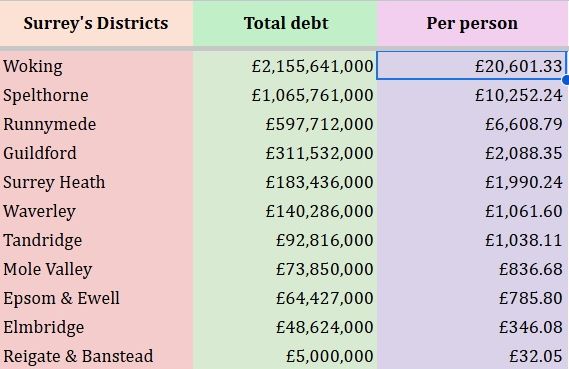This September, Epsom pauses to celebrate the 200th anniversary of its parish church, the Church of St Martin of Tours. For two centuries the building has stood at the centre of town life — a place of worship, history, and identity for Epsom and Ewell.
The anniversary weekend will feature a range of special events. On Sunday 14 September at 3pm, historian Peter Ross will deliver a talk entitled Dining with James and Jane: Eating at Home with the Georgians. Drawing on the vivid diaries of Norfolk clergyman James Woodforde (1758–1802), who recorded every meal he ate, and the letters and novels of Jane Austen, Ross will reveal the food, manners, and household rhythms of Georgian England. His illustrated lecture will include images of paintings, prints, cookery books, and everyday domestic objects, offering a glimpse into the lives of our Georgian forebears. The afternoon will conclude with tea, followed by a service of Choral Evensong.
A stone laid in 1825
On 19 May 1825, the Rev. Joseph Darby, vicar of Epsom, laid the first stone of a new parish church. The medieval church that had stood for centuries was by then both too small and in disrepair. A meeting in 1823 resolved — after some debate — to rebuild. The sturdy medieval tower at the north-west corner was spared, along with the ancient font and wall memorials, but the remainder was swept away.
The contractors, William Blofield of London, working to plans by architect Mr Hatchard of Pimlico, expanded the footprint of the building. Side aisles were widened and lengthened, the west front was advanced, and new staircases and galleries provided for greater capacity. The rebuilt church could now seat around 1,120 parishioners.
At the stone-laying ceremony, Rev. Darby was presented with a handsome silver trowel, inscribed to mark the moment. Sadly, the trowel has since been lost, but the act it commemorated continues to shape the heart of Epsom today.
Victorian Epsom: railways and renewal
Within a generation, however, Epsom was changing again. The arrival of the railway in the 1840s transformed the town from a quiet settlement of around 3,300 people into a rapidly growing commuter hub. Two lines, one from London Bridge and another from Waterloo, brought new residents and prosperity. By the mid-nineteenth century, the population had more than doubled.
The parish church once again felt the strain. Inadequate for the growing congregation, its galleries deemed unsightly, and its facilities cramped, it became the subject of another ambitious rebuilding plan. The vicar at the time, Rev. Waldegrave Bainbridge-Bell, rallied support from influential local figures, including Lord Rosebery and Sir Thomas Bucknill MP.
There was even talk that Epsom Parish Church might become the cathedral of a proposed new Diocese of Guildford. With such aspirations in mind, the architects Nicholson and Corlette were commissioned to draw up a design of “cathedral proportions”.
The 1908 extension
In August 1907, the foundation stone for the grand new east end was laid. A year later, on St Martin’s Day (11 November 1908), the Bishop of Winchester consecrated the new extension. The project cost £13,000 — a significant sum at the time — and gave the church much of the form it has today.
Not all of the plans could be realised: financial pressures meant the most ambitious elements of the Nicholson and Corlette design were never completed. But the east end remains one of Surrey’s most impressive ecclesiastical interiors, a testimony both to the ambition of its builders and to Epsom’s growth in the early twentieth century.
What remains today
Today, three key layers of history meet in the building:
- The medieval tower, the oldest surviving structure in Epsom.
- The 1825 nave and west end, the fruit of the first great rebuilding.
- The 1908 east end, marking the town’s Edwardian expansion.
Together, they tell a story not only of the parish church but of the town itself: medieval market village, Georgian spa settlement, Victorian commuter suburb, and Edwardian provincial centre.
Looking to the future
While this year’s anniversary recalls the laying of the 1825 foundation stone, there are further milestones ahead. In just three years’ time, the church will celebrate the 150th anniversary of its great east end. That event, too, will provide an opportunity for reflection and celebration.
For now, parishioners and townsfolk alike are invited to join in the September festivities — to mark 200 years since the church we know today began to rise from the foundations of its medieval predecessor.
As one of Epsom’s most enduring landmarks, St Martin’s stands not only as a house of worship but also as a witness to the town’s history. Its tower and walls have looked down on 200 years of change. In celebrating this anniversary, the community also honours the generations who built, rebuilt, and preserved Epsom’s parish church at the heart of civic life.

